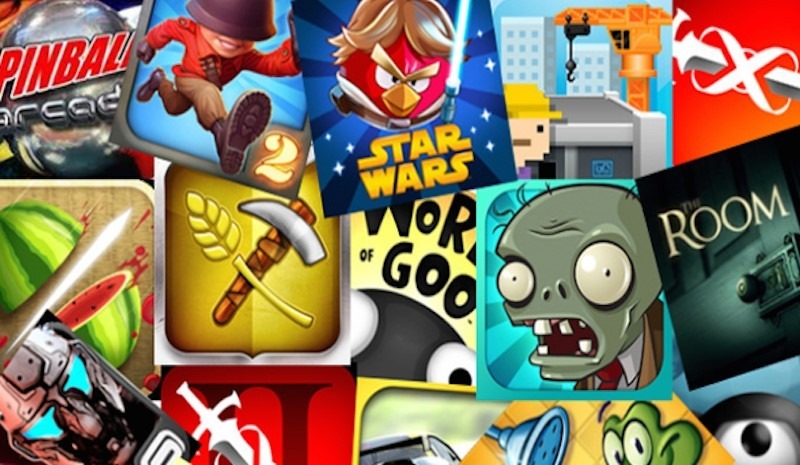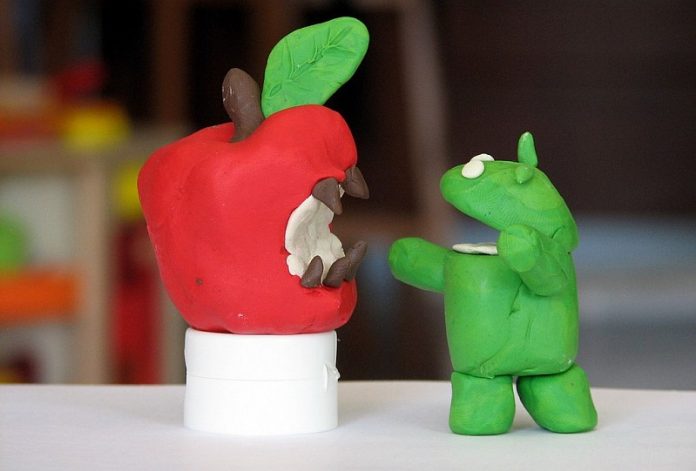The mobile app market has exploded over the last decade. Ever since that fateful day in late October 2007 when the late Steve Jobs held his new iPhone aloft, the app market has been exploding. Billions of dollars have been made, billions of customers have been made happy, and some people have gotten extremely wealthy.
Recently, there’s been a lot of talk about how we’ve reached “peak smartphone” – the idea that because most people now have phones that the market is no longer going to experience the growth that it once did. In certain respects, that’s true: the actual volume of handsets shipped is unlikely to grow faster than the population of the planet. But that doesn’t mean that there’s no way that the market can continue to develop: it can.
The App Market Still Has Room to Grow
According to an App Annie report, the app industry generated more than $41 billion in revenue in 2015 and more than $50 billion in 2016. Far from the app market shrinking current projections from Statista suggest that it could rise to more than $189 billion in 2020, a nearly four-fold increase in just four years. Staggering.

These reports are further corroborated by Forrester, which points out that only around 46 percent of the world’s population owns smartphones, meaning that the lion’s share of handset growth is still ahead of us (especially when you consider that the world’s population is set to boom to more than 9 billion over the next couple of decades).
Good and Bad Platforms
Right now, two mobile platforms dominate the app landscape: iOS and Android. Android is being put into literally everything these days, even household appliances. The problem, however for these platforms, is that they still don’t host every app in existence, like this app from Sky Bet. Because of this, it’s likely that we’ll see more people seeking alternatives as they try to get the app functionality that they want, rather than the sterilized apps officially available through the major platforms.

By far the most dominant platform is Android. Gartner said that in Q3 of 2016, more than 87.8 percent of all smartphones sold worldwide came with Google’s operating system. What’s more interesting is that Google continues to eat into Apple’s marketing share, the only real resistance now that Blackberry and Windows have died as mobile operating platforms. According to the data, Apple’s market share is down by more than 2.5 percent since 2015, and Google’s is rising.
For app developers themselves, the picture is mixed. According to InMobi, and industry analyst, around 55 percent of app developers make less than $1,000 from their apps. Of course, part of the reason for that is because many developers don’t intend to make money from their platforms. But it highlights the fact that there is a long tail of outcomes for app developers. Yes – some make a killing, but they’re the people right at the top of the pile. With that said, iOS appears to be the most profitable platform to be an app developer. More than 25 percent of developers made more than $5,000 in monthly revenue using the Apple store compared to 16 percent on Android.

















